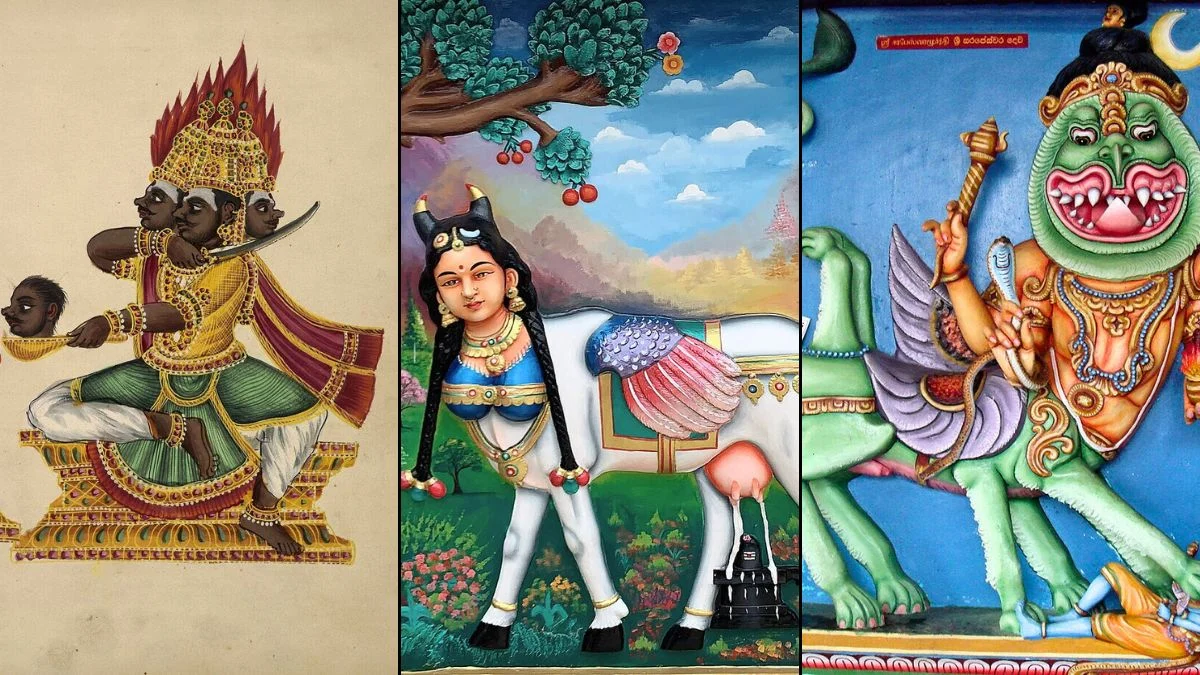
Hindu mythology features amazing creatures that play key roles in ancient stories. They protect important locations, represent powerful concepts about the world and gods, and appear throughout religious texts and epic poems. These beings, each with unique characteristics, often act as helpers, messengers, or challenges for heroes. They’re a vibrant part of Hindu traditions, linking religious practices, art, and storytelling over many years.
Garuda
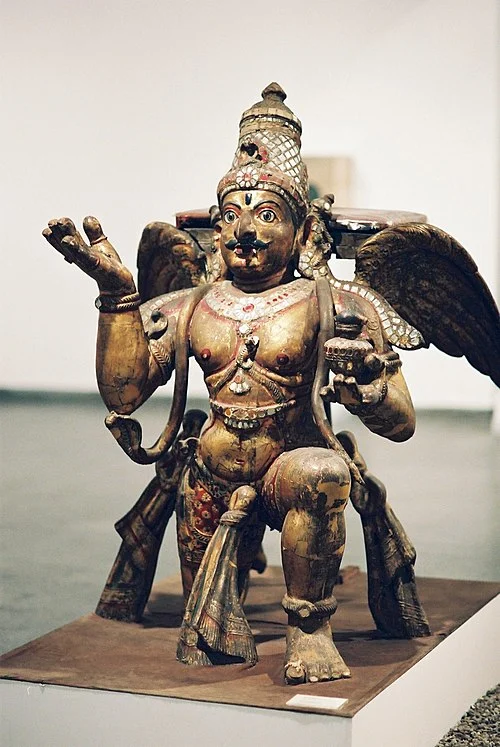
Garuda is a powerful bird in Hindu mythology, known as the mount of the god Vishnu and a fierce enemy of snakes. He’s often depicted with a golden body and enormous wings, strong enough to travel between heaven, earth, and the underworld. Legend tells of how he rescued his mother, creating a lasting conflict with the serpent people, the Nagas. Because of his symbolism of protection and swiftness, Garuda’s image is commonly found in temples and on royal symbols.
Naga
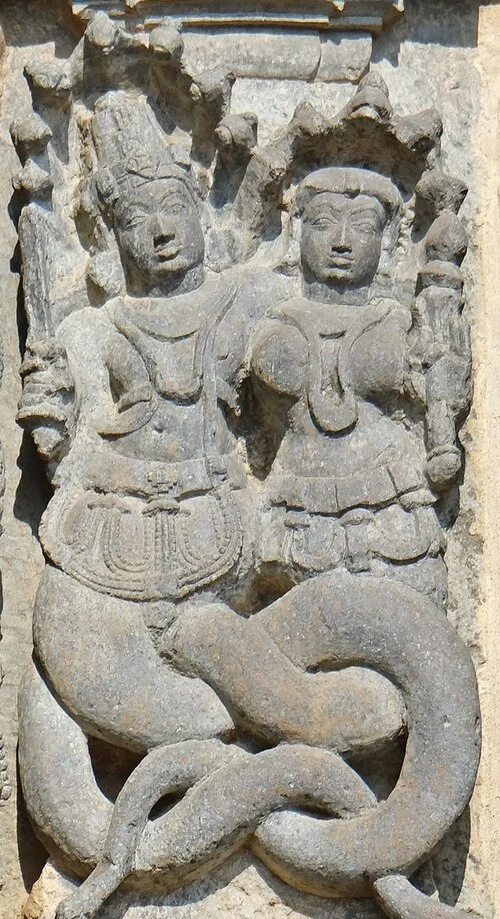
Nagas are mythical serpent beings with a divine connection, often found near water sources and underground places. They’re seen as symbols of wealth and abundance, frequently depicted as protectors of hidden treasures. Important Nagas like Shesha and Vasuki play key roles in creation stories – Shesha is famously known for supporting the universe and serving as a resting place for the god Vishnu. Even today, people in certain regions continue to worship Nagas at shrines and with special stones believed to offer protection.
Rakshasa
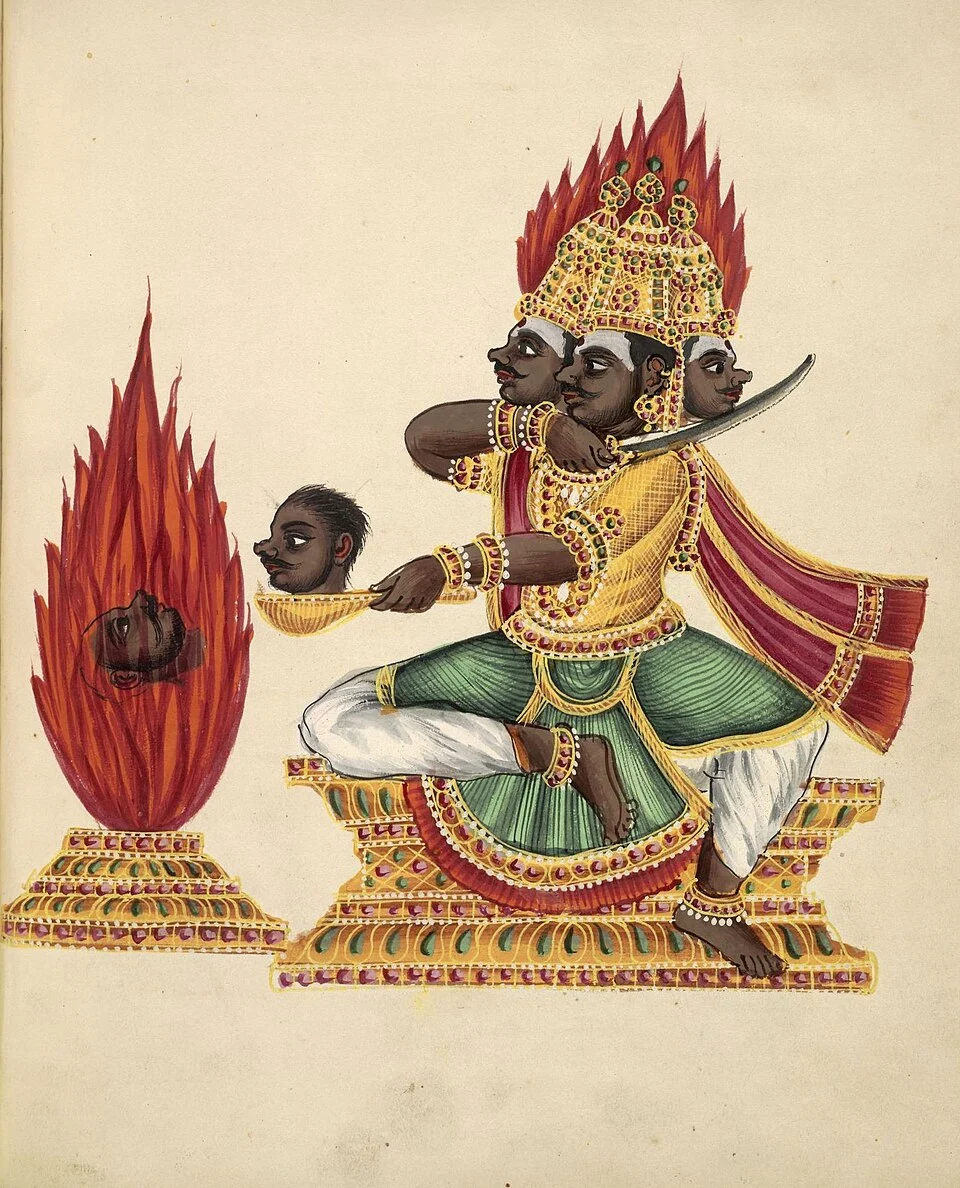
Rakshasas are strong beings with the ability to change their shape. They’re famous for using illusions, magic, and fighting skills. Stories often depict them as creatures of the night who confront wise people and rulers, and some even lead their own cities. They have special abilities like becoming invisible or disguising themselves, making them formidable opponents for adventurers. Encounters with Rakshasas often test a hero’s courage, self-control, and commitment to doing what’s right.
Yaksha
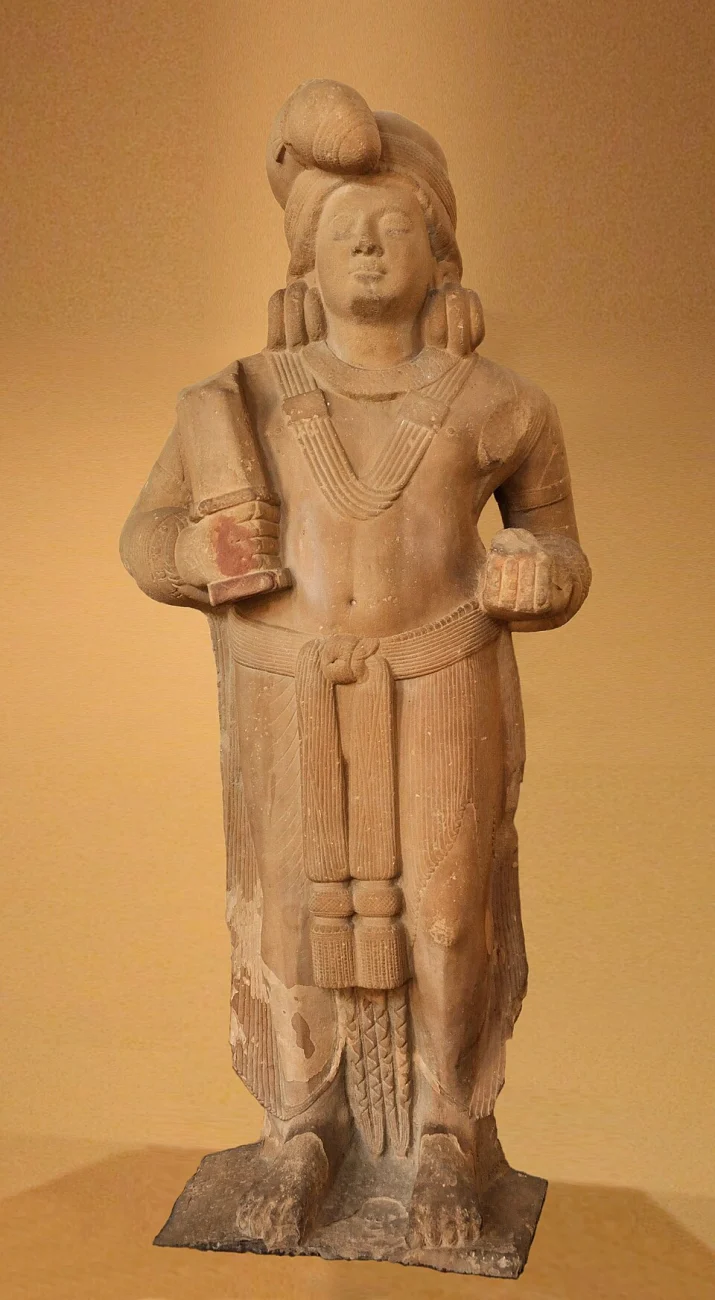
Yakshas are mythical nature spirits connected to wild places like forests and mountains, and often seen as guardians of hidden treasures. They’re closely linked to Kubera, the god of wealth. In stories and artwork, they’re often depicted as strong figures watching over entrances and holy places. They can be kind and protective, but also stern with anyone who doesn’t respect sacred areas, showing they have a complex and powerful nature.
Gandharva
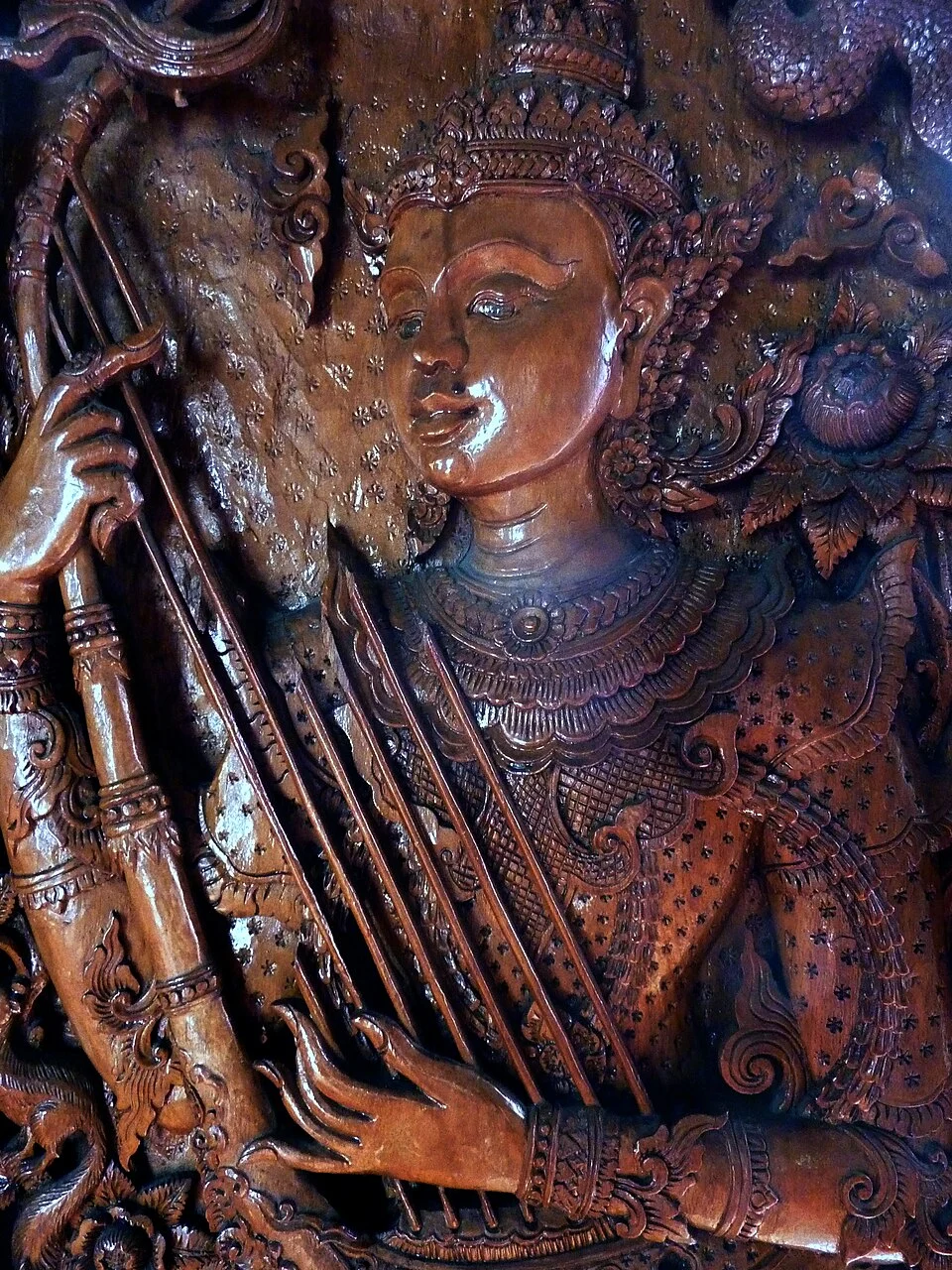
Gandharvas are heavenly beings famous for their incredible musical talent – they excel at singing, playing instruments, and creating powerful, sacred sounds. Often associated with religious ceremonies and the sharing of wisdom through music, they frequently serve the gods and act as a link between the divine and the human world. Stories featuring Gandharvas emphasize the importance of music in making rituals holy and revealing deeper spiritual meanings.
Apsara
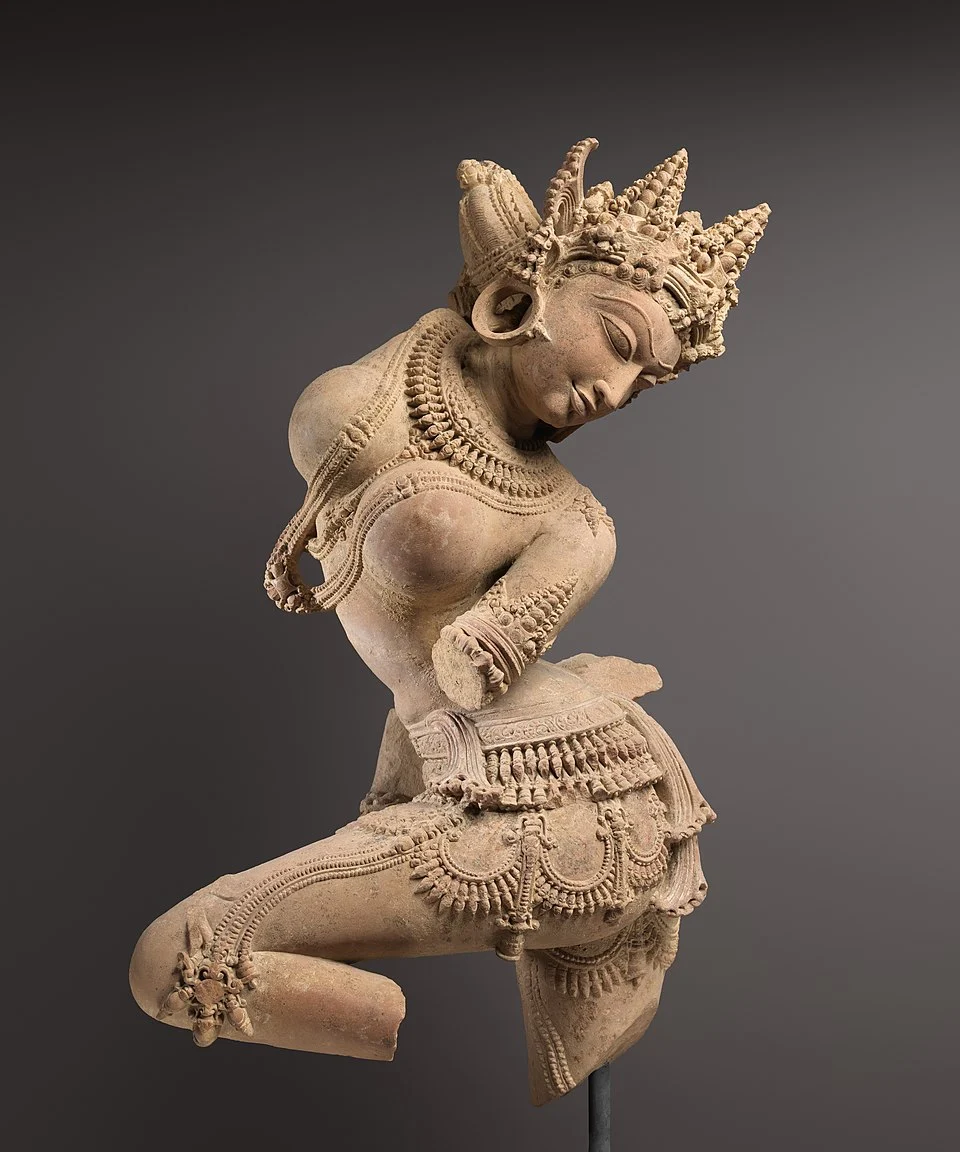
Apsaras are beautiful, skilled dancers who come from the world of the gods. They’re known for their elegance and perform in heavenly gatherings, often alongside musicians called Gandharvas. Stories about individual Apsaras like Menaka and Urvashi often deal with themes of promises, spiritual discipline, and fate. Their classic poses and detailed jewelry are frequently depicted in temple carvings throughout various regions.
Vanara
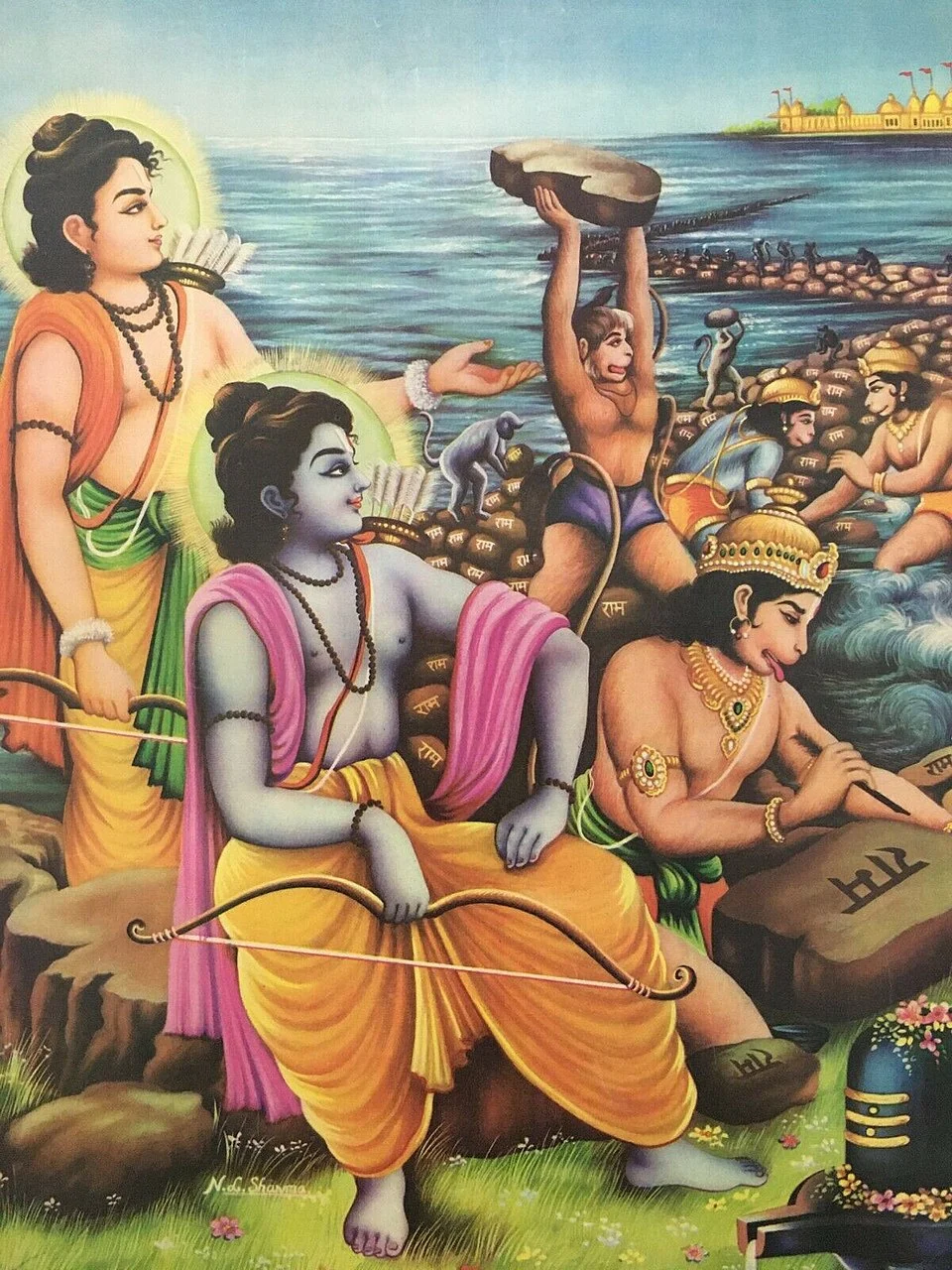
Vanaras are an old race of ape-like creatures who often team up with humans and gods in heroic stories. They live in clans and kingdoms, led by skilled and brave leaders and scouts known for their quickness and courage. They’re famous for incredible feats like leaping across mountains, scouting ahead for armies, and building things to help with important missions. Stories remember them as being loyal, working well together, and always fighting for what’s right.
Vetala
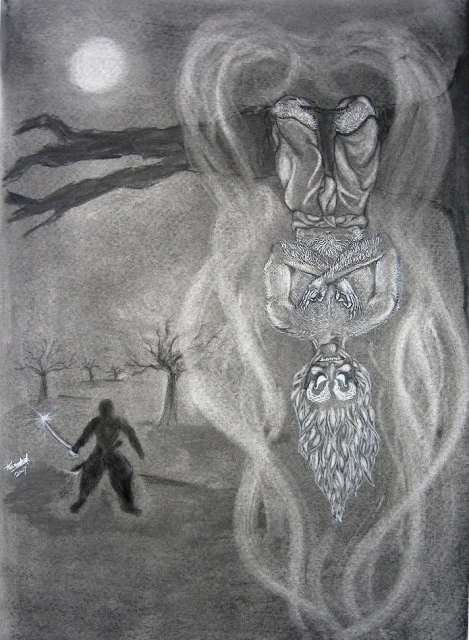
I’ve always been fascinated by Vetalas! They’re these incredible spirits that essentially bring corpses to life, and they seem to hang out in spooky places like cremation grounds – right on the boundary between worlds. What really gets me is how smart and perceptive they are; stories depict them challenging people – often kings or those on a spiritual quest – with really tough riddles and moral puzzles. It’s like they see right through you! Apparently, they understand fate, karma, and what people are *really* thinking. People even have specific rituals and charms to deal with their presence, acknowledging that they exist right at the edge of life and death. It’s a bit unsettling, but also incredibly compelling.
Pisacha
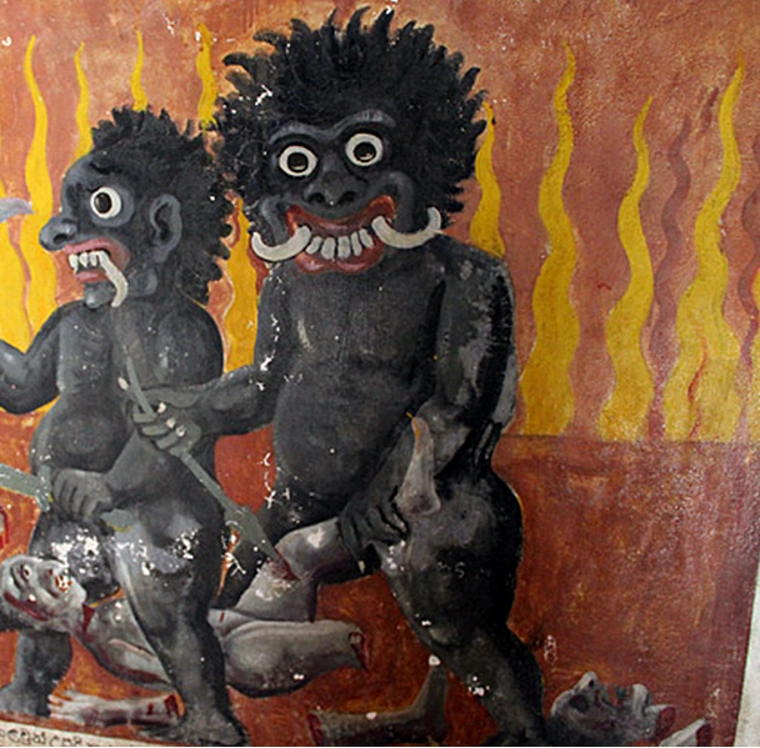
Pisachas are creatures similar to ghouls, connected with darkness, decay, and places where roads meet. Old stories say they can cause mental confusion and speech problems, so people used to perform rituals to protect their homes and communities. They were often included in ceremonies to keep bad luck away. The stories about Pisachas remind people of the importance of keeping things clean and orderly in their everyday lives.
Makara
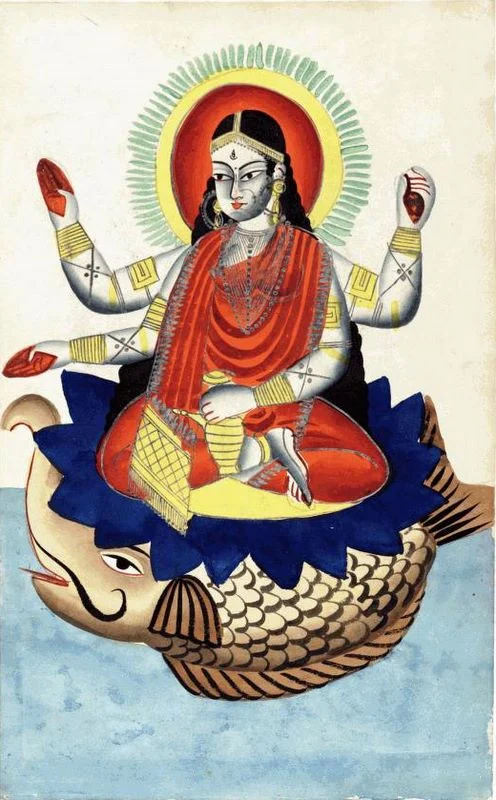
The Makara is a mythical creature, part animal and part water spirit, often seen as a protector of rivers, canals, and doorways to sacred places. It’s believed to be the ride of gods who control the seas and rivers, and you’ll often find its image carved onto temple arches and water spouts. Artists created the Makara by combining the features of crocodiles, fish, and elephants to show its strength and control over water and weather. Seeing a Makara represents a safe journey and a good omen when entering a holy area.
Airavata
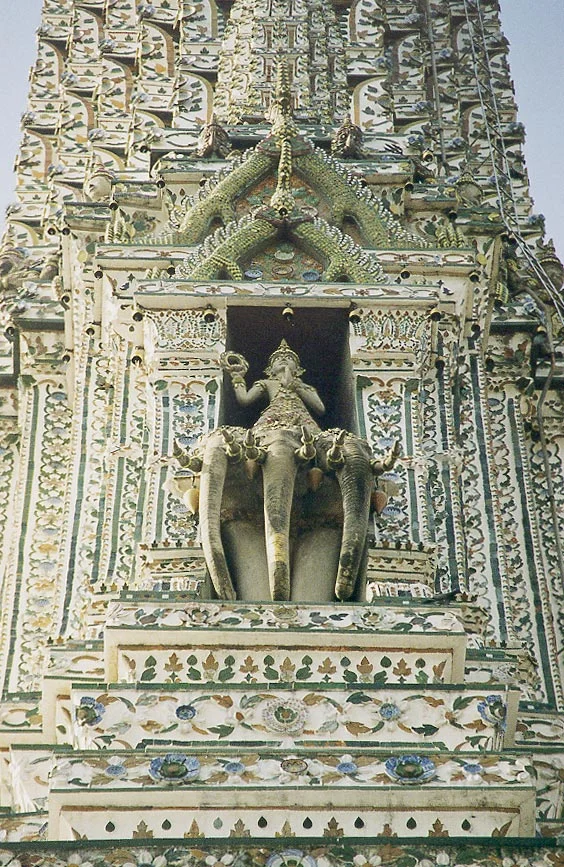
Airavata is a beautiful white elephant and the special mount of Indra, the king of the gods. Stories often depict him with many trunks or heads, symbolizing great power and his royal status. According to myth, he came into being when the cosmic ocean was churned, creating all sorts of divine treasures. Today, elephants are featured in festivals as a reminder of Airavata’s role in bringing rain and good fortune.
Kamadhenu
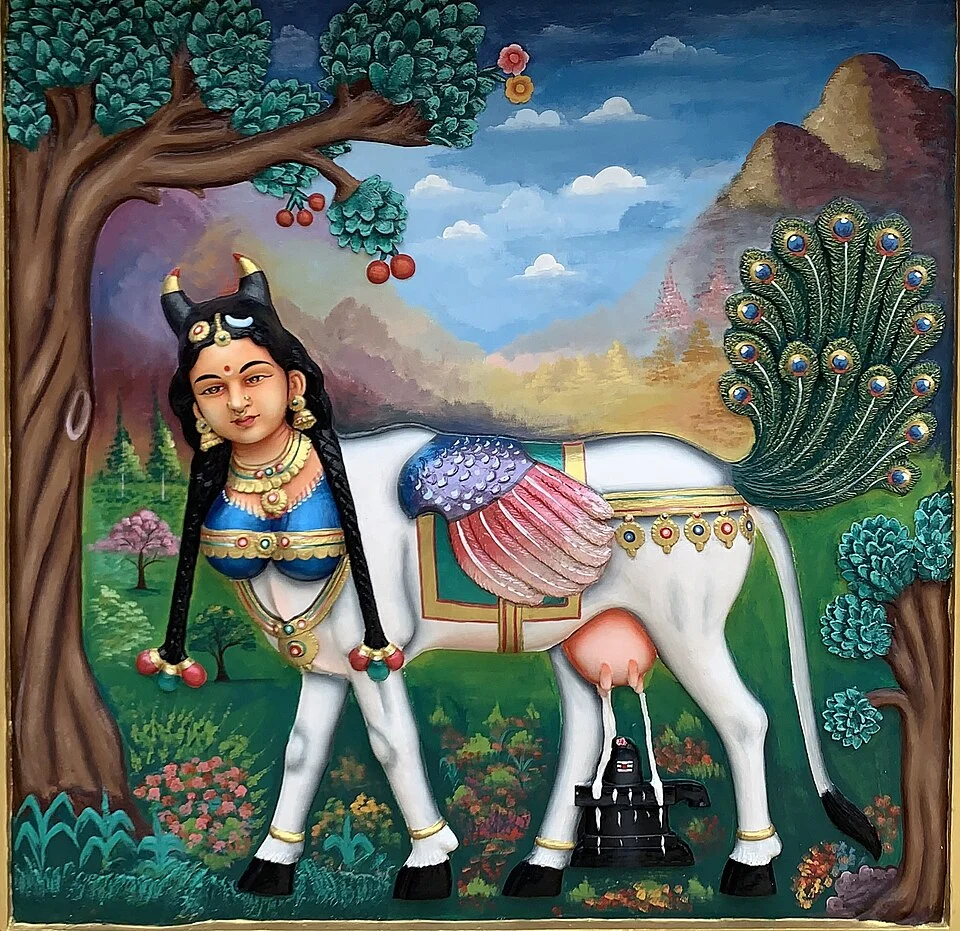
Kamadhenu is a sacred cow believed to grant wishes and is considered the mother of all cattle. Stories say she came from the universe and lived with holy men. She gives milk, gifts, and safety, supporting both religious ceremonies and everyday life. Pictures of her with gods inside her body show how the divine can be found in the common things around us.
Sharabha
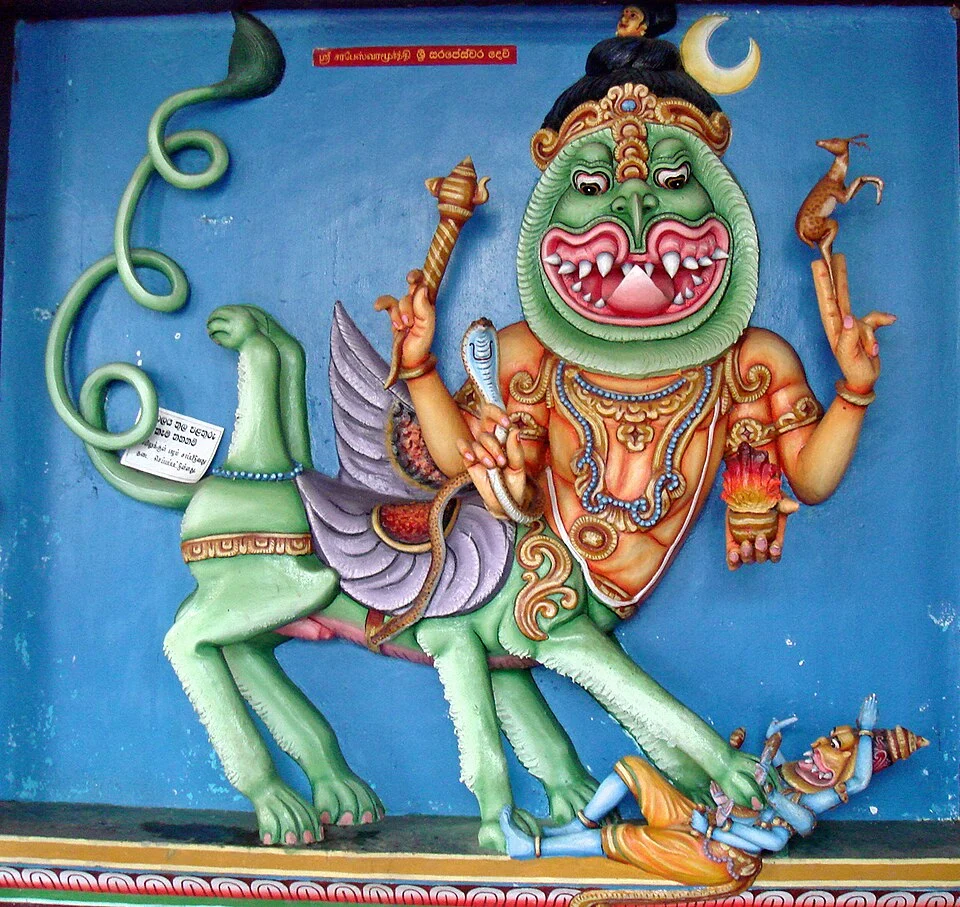
Sharabha is a powerful, mythical creature often depicted as a blend of lion, bird, and deer. He’s featured in religious discussions and artwork as a symbol of control and protection. Stories portray him as stronger than typical wild animals, representing the ability to calm intense rage and bring harmony back to the universe. Temples frequently use images of Sharabha to represent overcoming destructive forces.
Kinnara
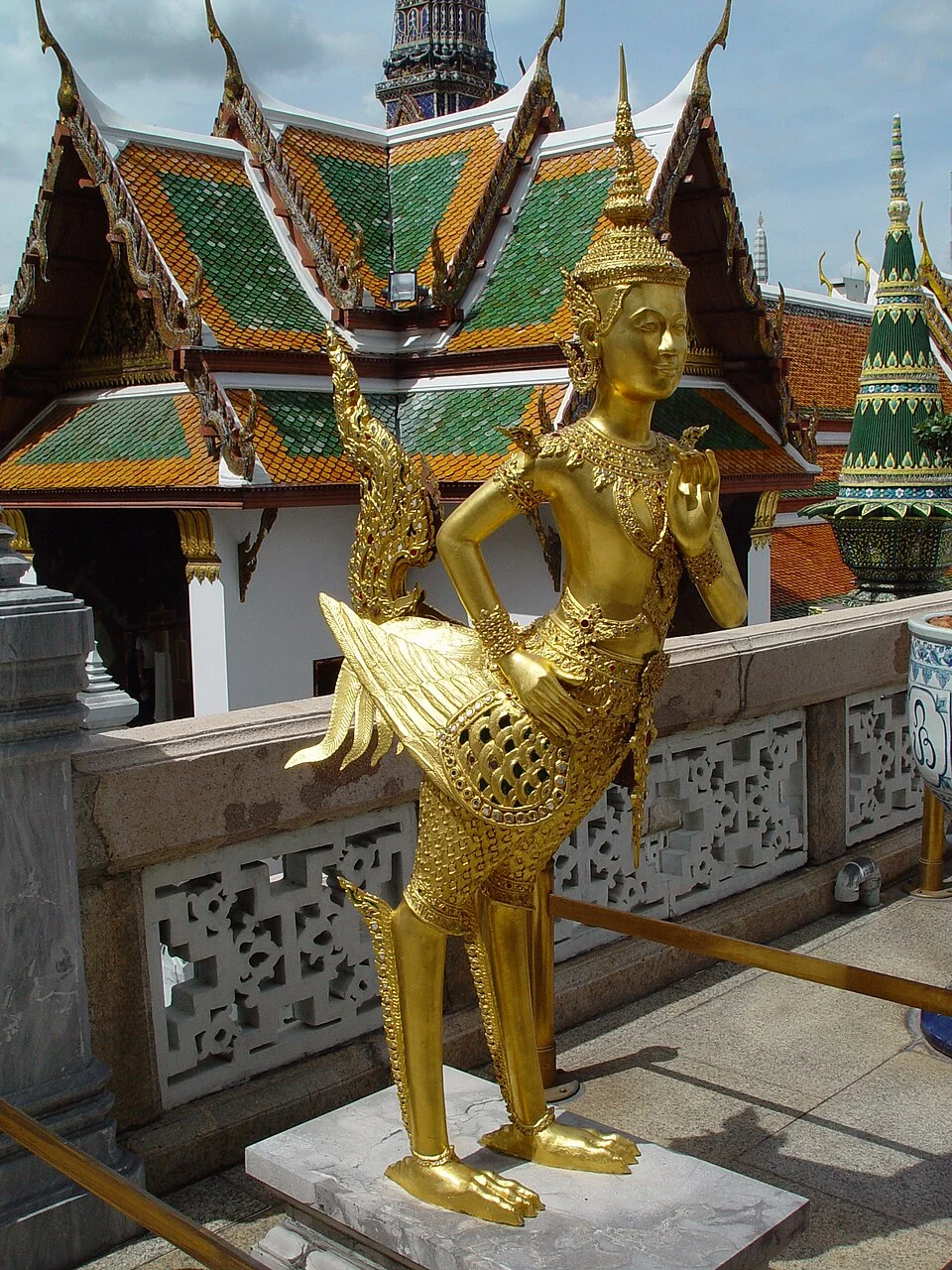
Kinnaras are mythical beings, often depicted with both human and animal characteristics, who are dedicated to music and worship. Stories place them in the Himalayan mountains, where they are skilled artists and protectors of secret routes. They frequently appear in divine parades and serve as attendants in heavenly places. Images of Kinnaras symbolize loyalty, balance, and a heightened appreciation of beauty and the senses.
Kirtimukha
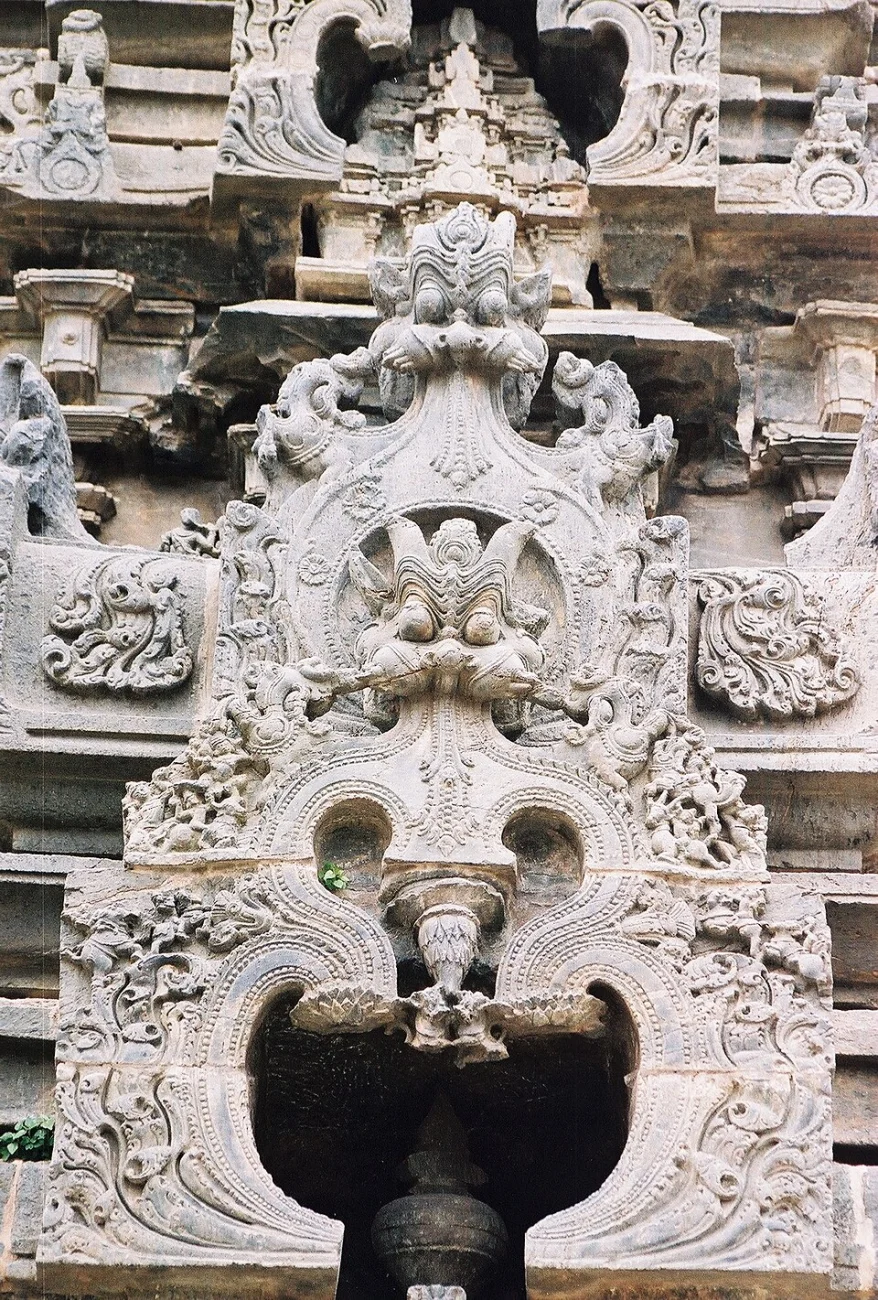
The Kirtimukha is a powerful image of a face, originating from an ancient story about overcoming hardship through devotion. Often found above entrances and on temple structures, it’s believed to absorb bad energy, preventing it from entering. This symbol represents letting go of ego and turning potential harm into something protective. Its common use in temples highlights its role as a watchful guardian of holy places.
Share your favorite mythic being and the story you associate with it in the comments.
Read More
- Deepfake Drama Alert: Crypto’s New Nemesis Is Your AI Twin! 🧠💸
- Can the Stock Market Defy Logic and Achieve a Third Consecutive 20% Gain?
- Dogecoin’s Big Yawn: Musk’s X Money Launch Leaves Market Unimpressed 🐕💸
- Bitcoin’s Ballet: Will the Bull Pirouette or Stumble? 💃🐂
- SentinelOne’s Sisyphean Siege: A Study in Cybersecurity Hubris
- Binance’s $5M Bounty: Snitch or Be Scammed! 😈💰
- LINK’s Tumble: A Tale of Woe, Wraiths, and Wrapped Assets 🌉💸
- ‘Wake Up Dead Man: A Knives Out Mystery’ Is on Top of Netflix’s Most-Watched Movies of the Week List
- Yearn Finance’s Fourth DeFi Disaster: When Will the Drama End? 💥
- Ethereum’s Fusaka: A Leap into the Abyss of Scaling!
2025-10-19 12:45